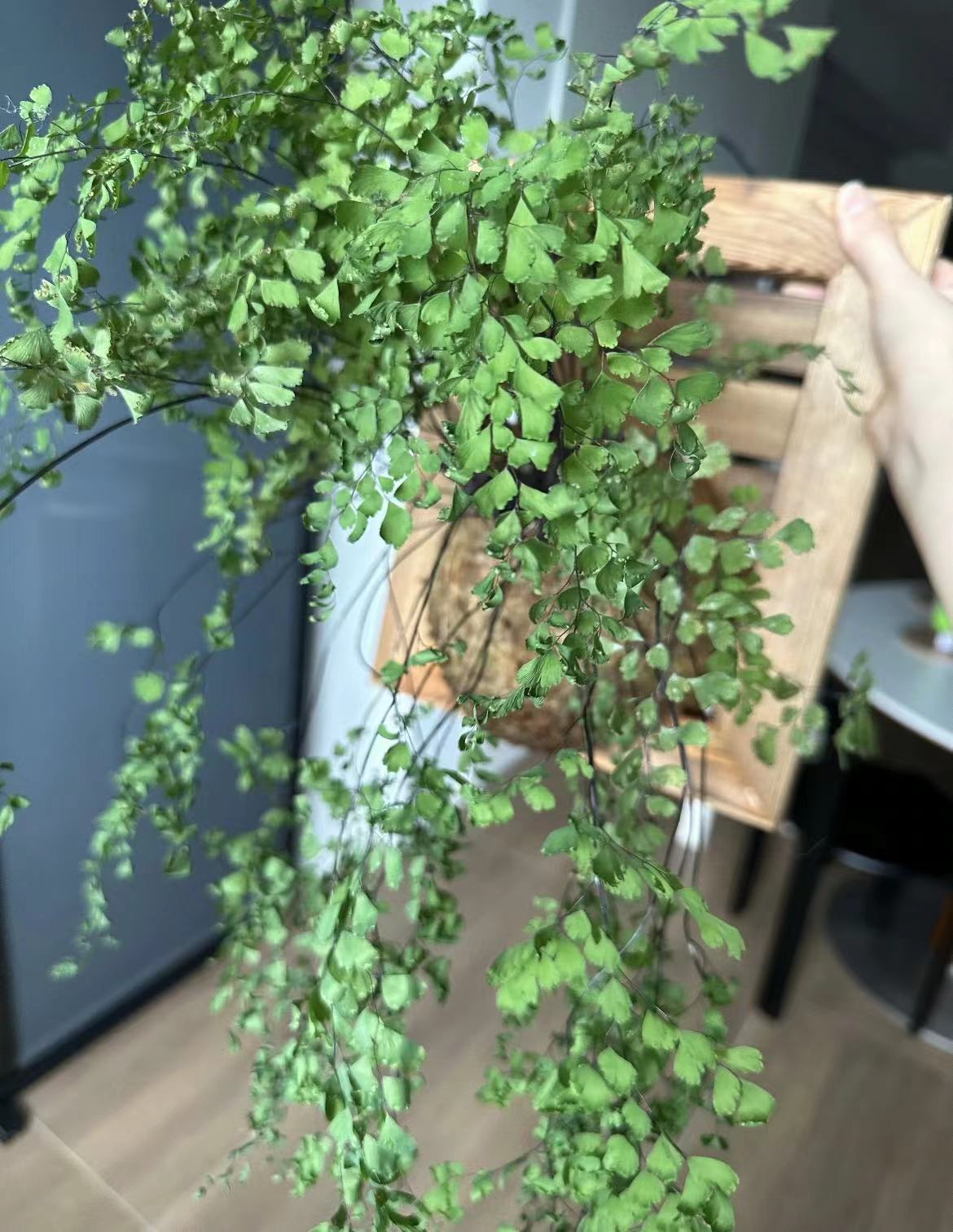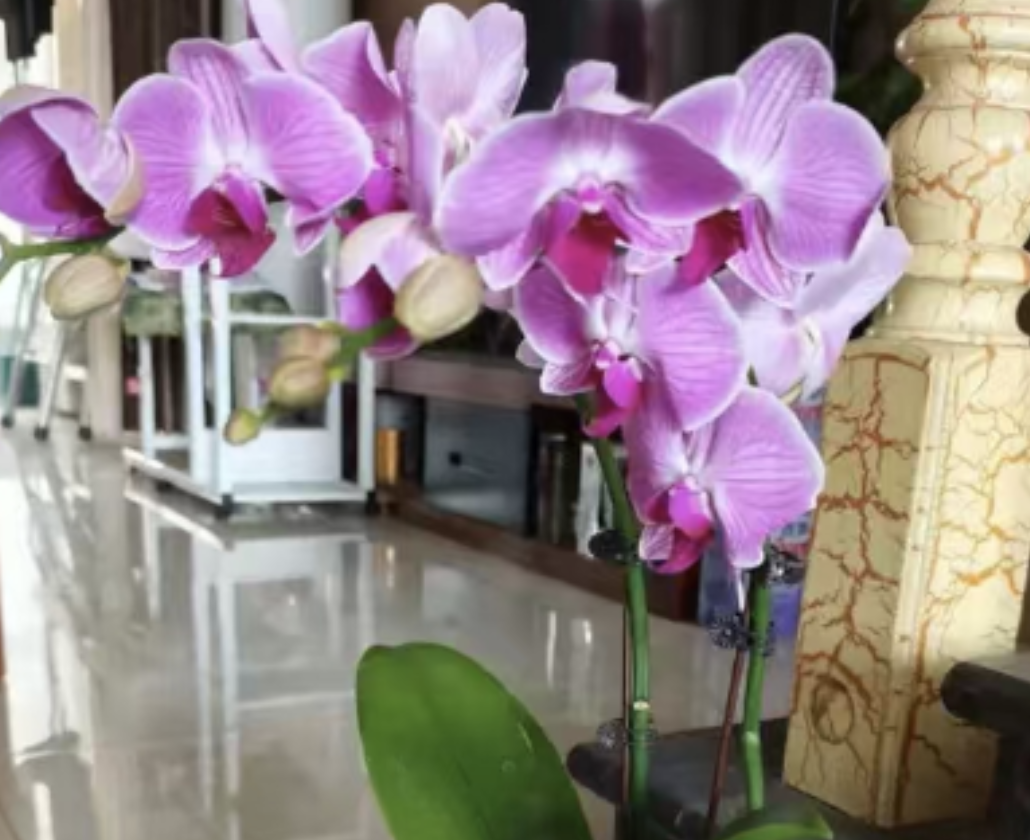In flower planting, some flowers have relatively low light requirements and can still bloom in darker environments.
First of all, Adiantum capillus-veneris must be mentioned. Adiantum capillus-veneris is beloved for its beautiful leaf shape and emerald color. It is native to humid and shady environments and is sensitive to strong sunlight. It is suitable to be placed in a corner with weak indoor light, such as a study or bedroom, and it can add a touch of natural freshness to these spaces.
Asparagus fern is also an outstanding flower that doesn't like light. The leaves of the asparagus fern are slender and gentle, with an elegant posture. It likes a semi-shady environment, and excessive light can cause its leaves to turn yellow and dry. Indoors, placing the asparagus fern in a bright and scattered light area, it can thrive and show its elegant temperament, adding a scholarly atmosphere to the home.
Hosta plantaginea is another beautiful flower that adapts to low light environments. Its flowers are as white as jade and have a beautiful shape. Hosta plantaginea usually grows under the shade of trees or on the shady side of buildings and can produce brilliant flowers in places with insufficient light. In the courtyard or garden, planting it under the shade of trees or in a shady corner can add a sense of tranquility and elegance to the entire landscape.
Hemigraphis alternata, as the name suggests, is a kind of flower that likes a cool and shady environment. Its flowers are small and exquisite, with bright colors. Placing Hemigraphis alternata in a place with weak indoor light, it can continuously bloom and bring you surprises.
Flowers that don't like light usually have some common characteristics: their leaves are often large, thin, or have a slender and soft form. Such leaf structures help carry out photosynthesis under weak light conditions and better absorb and utilize limited light. The distribution of chloroplasts in cells may be more uniform to increase the ability to capture scattered light. Generally, their growth is relatively slow because insufficient light limits the efficiency of photosynthesis, thereby affecting the synthesis and accumulation of nutrients.
Relatively speaking, the demand for water may be higher. This is because in a low light environment, plants lose less water through transpiration and need more water to maintain physiological activities and cell turgor. The root system may be relatively shallow and less developed because there is no need to obtain a large amount of water and nutrients from deep soil.
They have physiological mechanisms adapted to low light environments, such as having a higher dark respiration efficiency and lower light compensation point and light saturation point, and being able to maintain life activities and grow under weak light conditions. The flowers may be relatively small, less bright, or have a shorter flowering period because in low light conditions, the energy available for reproductive growth is relatively limited. Transpiration is relatively weak to reduce water loss and adapt to weak light and water supply conditions.
When choosing and maintaining these flowers, we need to understand their growth habits and provide suitable soil, water, and temperature conditions so that they can still thrive in a relatively shady environment.
Which flowers don't like light?

Share with
Tagged in :




Leave a Reply